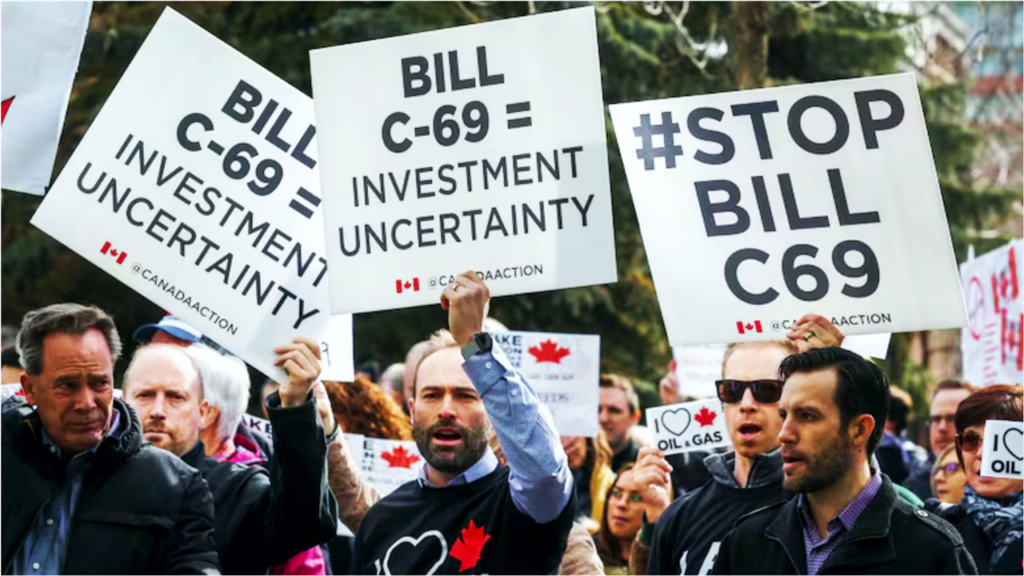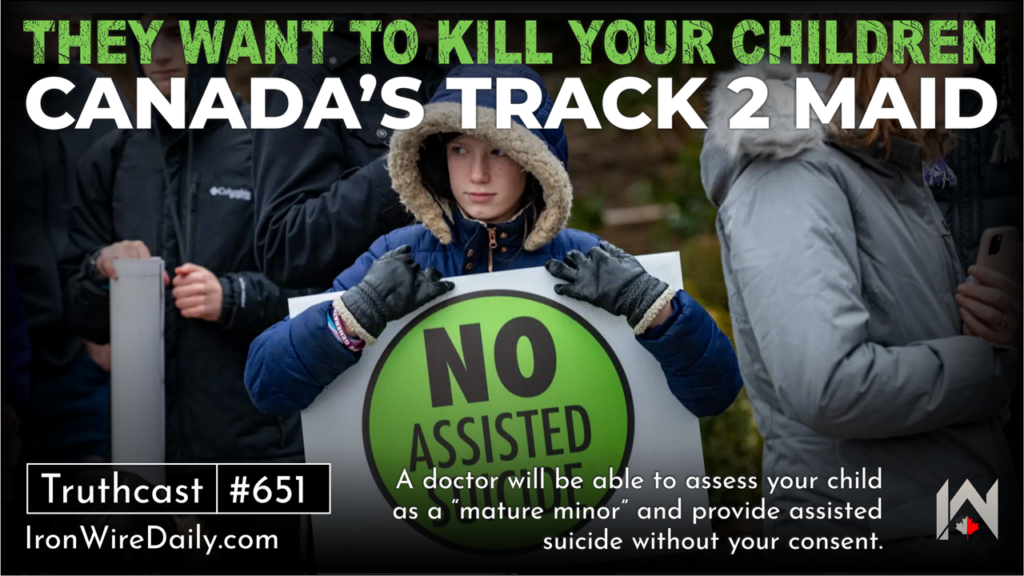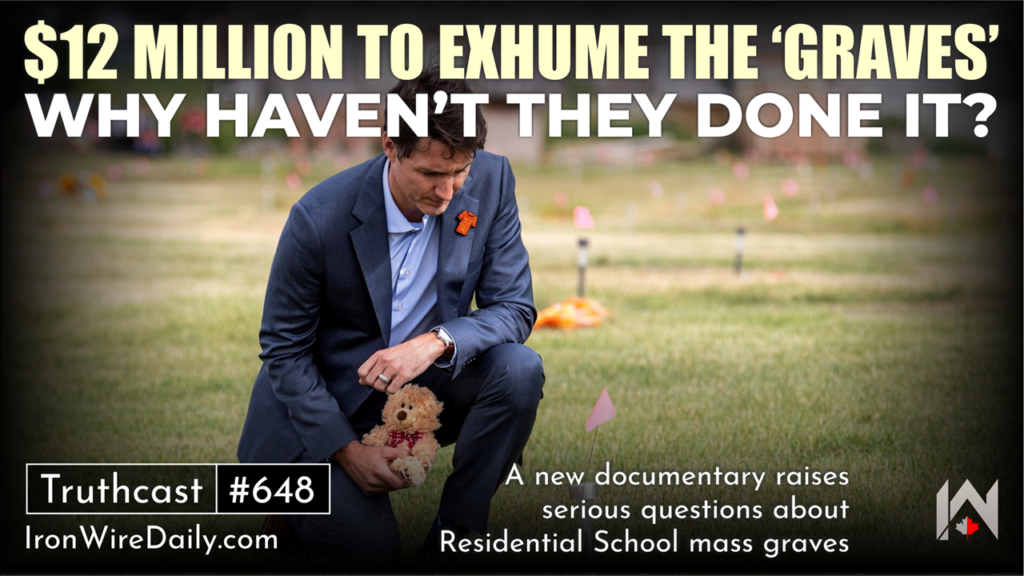Israel-Iran: How did latest conflict start and where could it lead?
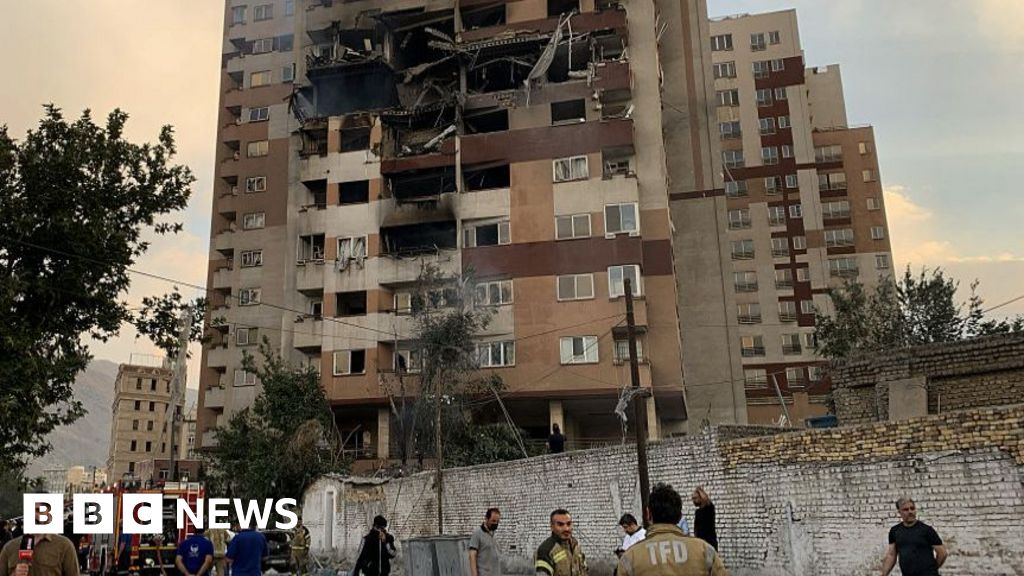
Lana Lam, Sofia Ferreira Santos, Jaroslav Lukiv & Nathan Williams
BBC News
Israel and Iran have continued to exchange strikes in their latest conflict, which began on Friday.
There has been angry rhetoric from both sides, and US President Donald Trump is now considering whether to join Israel’s strikes on Iran’s nuclear sites.
It started when Israel attacked nuclear and military sites in Iran, and then Iran retaliated with aerial attacks targeting Israel.
More than 220 people have been killed in Israeli strikes so far, according to Iran’s health ministry, while Israel says Iranian attacks have killed 24 people.
Israel launches Operation Rising Lion, and Iran retaliates
On Thursday 12 June, the Israel Defense Forces (IDF) told people in Tehran’s District 18, which includes military buildings and residential neighbourhoods, to evacuate.
Hours later, the first volley of strikes was reported in Tehran at about 03:30 local time (01:00 BST) on Friday, with residential areas in the capital hit, Iranian state television reported.
BBC journalists are unable to report from inside Iran due to restrictions by the country’s government, making it difficult to assess the damage caused by Israel’s offensive.
Israel targeted the Natanz nuclear facility – about 225km (140 miles) south of Tehran, causing significant damage, the Israel Defense Forces (IDF) said.
Israeli Prime Minister Benjamin Netanyahu said the attack – called Operation Rising Lion – targeted “the heart” of Iran’s nuclear programme.
“If not stopped, Iran could produce a nuclear weapon in a very short time,” Netanyahu claimed. Iran insists its nuclear programme is peaceful.
Iran’s Supreme Leader Ayatollah Ali Khamenei said Israel “should anticipate a severe punishment”, while its foreign minister called the strikes a “declaration of war”.
Iran’s retaliation began hours later, when ballistic missile attacks were launched on on “dozens of targets, military centres and air bases” in Israel, in an operation it called True Promise 3.
The IDF said about 100 missiles were launched towards Israel, and most had been intercepted by its Iron Dome system.
These exchanges have continued for days.
However, the scale of Iranian attacks has diminished recently, possibly indicating the impact that Israeli strikes has had on Iran’s military, reports the BBC’s Hugo Bachega.


Israel’s strikes have killed several top Iranian military figures, including Hossein Salami, commander of Iran’s Islamic Revolutionary Guard Corps (IRGC), and several nuclear scientists, including Fereydoon Abbasi, former head of Iran’s Atomic Energy Organization.
Iran said civilians, including children, were also among those killed.
The IDF said it launched several waves of attacks on Iranian drone and missile sites, and intercepted a barrage of missiles aimed at Tel Aviv and northern Israel.
Iranian forces said they had focused attacks on Israeli security installations and have urged residents of major Israeli cities to leave.
In Tehran, a news presenter for Iran’s state broadcaster fled the studio mid-broadcast when the building was struck. Iranian media said three staff members were killed.
The Israeli military declared on Tuesday that it had achieved “full air superiority” over Tehran, and had destroyed a third of Iran’s missile launchers.
It came after Iranian missiles struck four different areas in the northern and central Israel, killing at least eight civilians, according to the military.
Iran’s health ministry said at least 224 people had been killed since Friday.
Israel has reported 24 deaths in the same period. They were in Tel Aviv, Haifa, Tamra, Rishon LeZion and Bat Yam, where a 10-storey block of flats was hit.
The US considers its next move
President Trump is considering joining Israel’s campaign to target Iranian nuclear sites, sources have told the BBC’s US partner, CBS News.
Trump and Netanyahu spoke on the phone on Tuesday following a meeting of the US National Security Council.
The US president had earlier taken to social media to call for Iran’s “unconditional surrender” and said the US knew where Iran’s Supreme Leader Ayatollah Ali Khamenei was located, but would not kill him, “for now”. This followed reports on Sunday that Trump had rejected a plan by Israel to kill Iran’s leader.
For his part, Khamenei warned Trump of “irreparable harm” if the US military intervened in the conflict.
Boarding Air Force One on Monday after leaving the G7 summit early, Trump told reporters that he was not flying back to Washington to broker a ceasefire – he wanted something “better than a ceasefire”.
“A real end,” he said, which might include “a complete give-up”.
Trump had previously blamed Iran for not engaging fully in talks with the US on a new deal that would place strict curbs on its nuclear programme.
A new meeting between the US and Iran had been scheduled for Sunday, but was cancelled after Friday’s Israeli strikes.

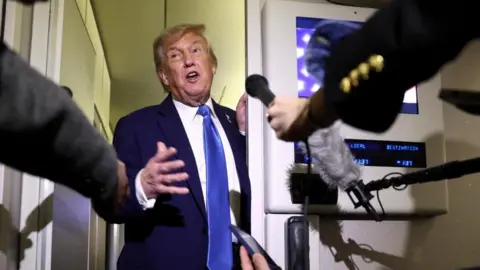 Reuters
Reuters
How did we get to this point?
Netanyahu said on Friday that the strikes were “a targeted military operation to roll back the Iranian threat to Israel’s very survival”.
He said the operation would “continue for as many days as it takes to remove the spread”.
An Israeli military official told the BBC Iran had enough nuclear material to create nuclear bombs “within days”. Iran has said it has never sought to develop a nuclear weapon and that its nuclear activities are peaceful.
The strikes began as US talks over Iran’s nuclear programme, which started in April, appeared to have stalled. Trump had hoped to strike a deal to stop Tehran developing a nuclear weapon, but the latest round of talks was cancelled in light of the recent escalation in hostilities.
Last year, Iran and Israel launched a number of air strikes against each other in April and October – though Israel’s strikes last year were not believed to have been as wide-ranging as its current operation.
What is Iran’s nuclear programme?

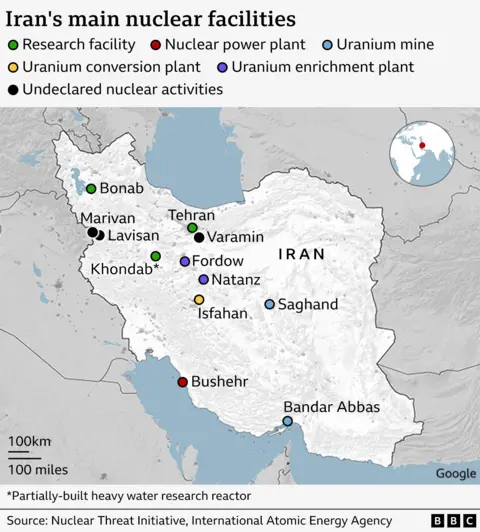
Iran has long maintained its nuclear programme is for peaceful, civilian purposes only. It has several facilities around Iran, at least some of which have been targeted in the Israeli strikes.
But many countries – as well as the global nuclear watchdog, IAEA – are not convinced the programme is for civilian purposes alone.
Earlier in June, the watchdog’s board of governors formally declared Iran in breach of its non-proliferation obligations for the first time in 20 years.
It cited Iran’s “many failures” to provide full answers about undeclared nuclear material and its stockpile of enriched uranium.
An earlier IAEA report said Iran had enriched uranium to 60% purity, near weapons grade, to potentially make nine nuclear bombs.


